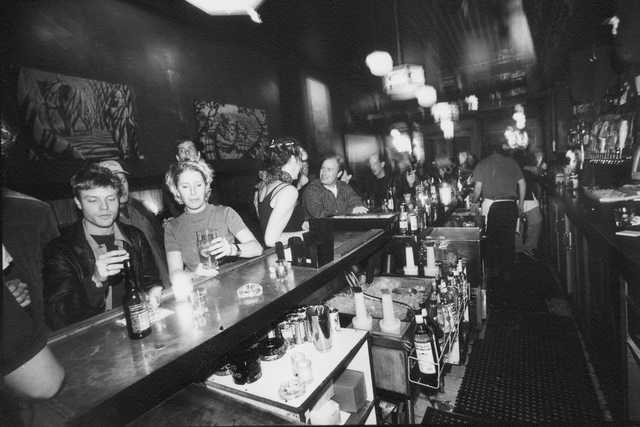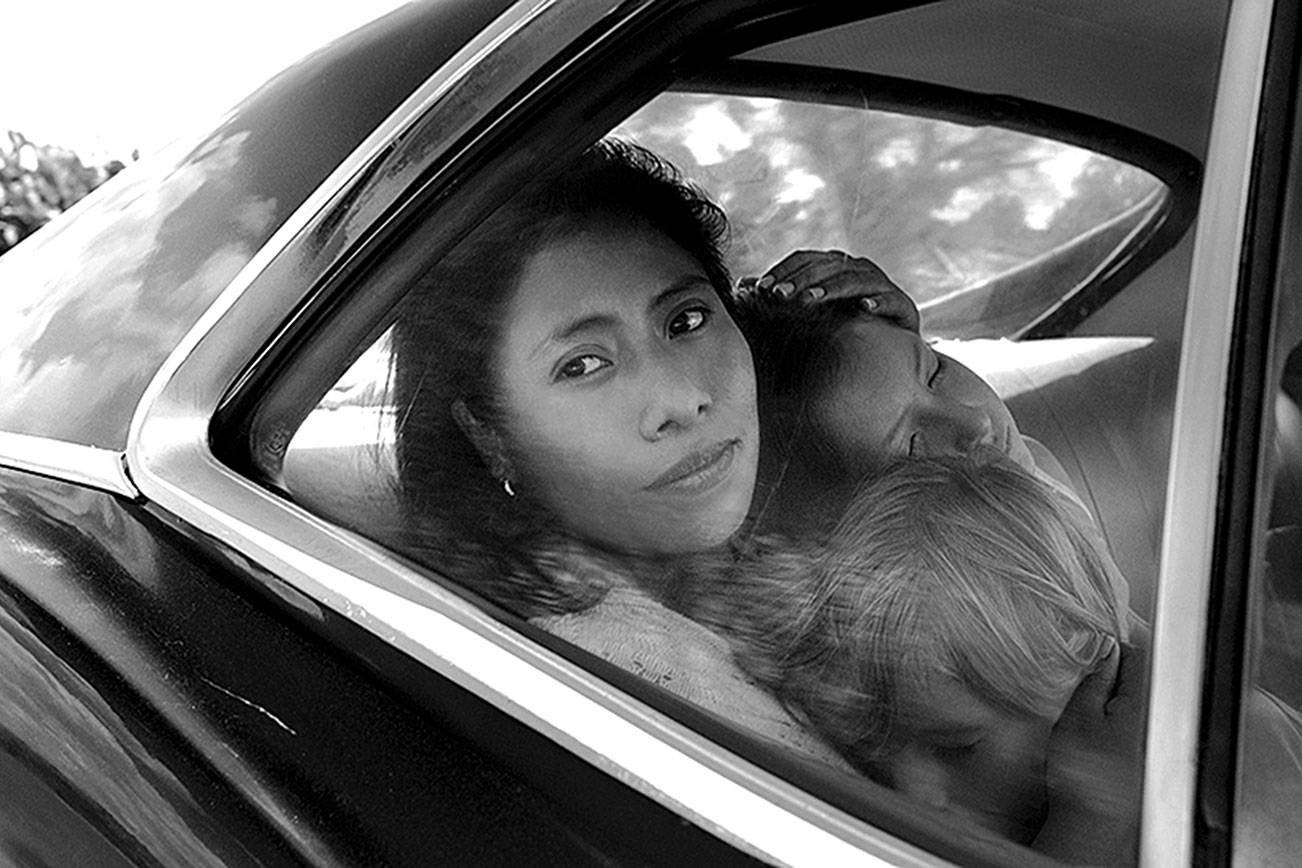Midway through Adrian Lyne’s Lolita, Humbert has his girl, just where he wants her. The scene opens with a tight shot of a shaft of light, golden and motey, from a dusty window. The camera draws back, and we see the light pass onto the comics section of a newspaper, illuminating the colored boxes of the funnies. We hear a giggle, the camera draws further back, and we see Lolita (Dominique Swain) reading and laughing. The camera draws back still further, and we see she is seated on the lap of Humbert (Jeremy Irons). The two are rocking to and fro in unmistakable fashion. Lolita stops giggling and lets out a girlish groan.
Lolita
directed by Adrian Lyne
starring Jeremy Irons, Dominique Swain, Melanie Griffith
now playing at the Egyptian
The comics-to-climax scene is one of Lyne’s few stabs at irony in this oddly stolid adaptation of what could be the most darkly ironic book of the century. But the joke falls flat; Lyne’s grasp of subversive humor is far from perfect. His ironies are, instead, unintentional. More disturbing than the ham-handed lap dance is the light itself, the yellow pouring through the window. This is the amber hue of nostalgia, a nostalgia that’s also celebrated in the careful attention to period detail evident in the authentic midcentury funnies. These fussy details and the molten light cast a pall of classiness over Lolita; it’s a classiness that says we must admire this sordid tale.
These safe, genteel elements of art—or Art—are ultimately more disconcerting than any of the sex that Lyne allows onto the screen. Unlike the overstated bit of by-play with the funnies, Lyne doesn’t mean his pretty pretensions to be mocking. He means to show that he appreciates the sanctity of thesource, the lyricism of Nabokov’s book. (What we may have forgotten is that these are the same art-house tricks Lyne used to class up his red-lipsticked yuppie whore of a film, 9¡ Weeks.) He also means, very seriously, to protect himself from charges of lasciviousness—and perhaps more actionable charges as well (in accordance with the 1996 Child Pornography Act). To this end, he has excised most sex from the film. Humbert’s vigorous knee dandle described above is about as explicit as it gets.
There are those who will laud the new Lolita for that reason alone, for its refusal to engage in the overtly pornographic, or even the soft-core. Expecting the worst from the normally lusty Lyne, audiences may settle for something that is far, far from the best. The film feels safe, and that’s a kind of relief: At least we don’t have to watch a 13-year-old get explicitly mauled.
The lead performances from Irons and Swain provide a strange kind of slippage here: Lyne, at least, has gotten something good out of them. Something good he beats for two and a half hours till it lies on the ground like a dead thing, but good nonetheless. Irons brings a wardrobe of smiles to his Humbert, smiles that look on the bumptious, irresistible Lolita with indulgence. Considering what he’s about to do to her, indulgence seems the most insulting, least appropriate reaction. In that smile, Irons has found a quiet trope that brings Humbert’s monstrous obsessions to life. Swain perfectly captures Nabokov’s nymphet’s heartbreaking combination of intentional and utterly accidental sexuality. Alas, the two leads seem lost under the miles of film, caught in a tangle of period wardrobe that is as fetishistic as Humbert’s own predilections.
As I left the theater, I was reminded of something, and I couldn’t place my finger on exactly what. The flaccid gentility, the stultifying, humid cloud of pretension—what did it bring to mind? It came to me: a solid-brass toilet brush I’d recently seen in a catalogue. The toilet brush is a fine thing in itself; it’s the brass that makes it obscene.





